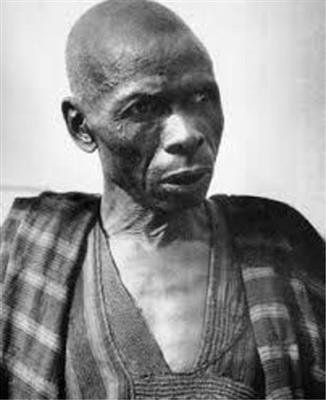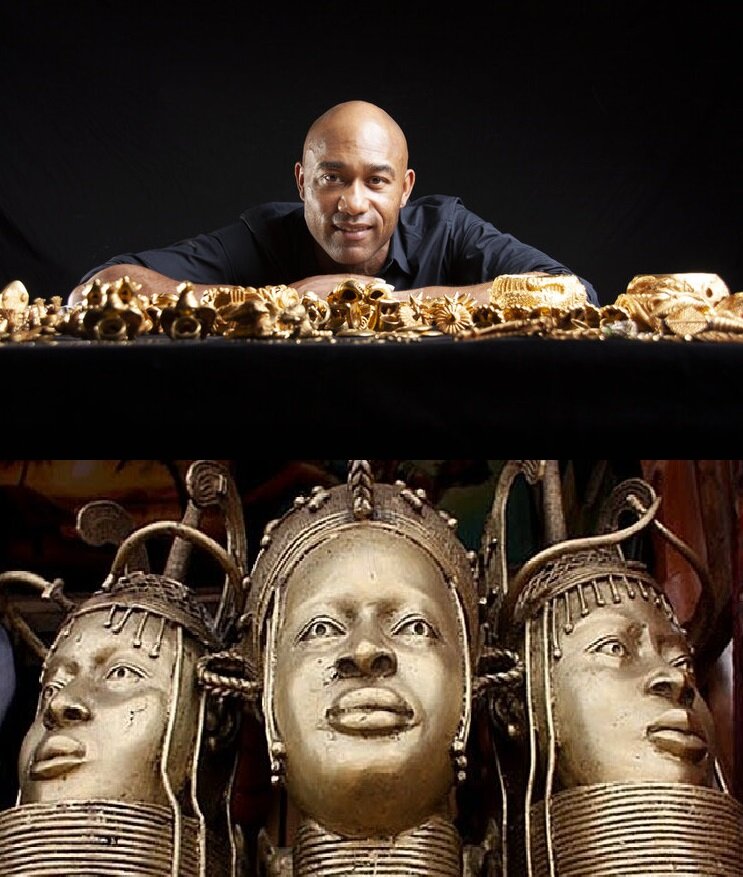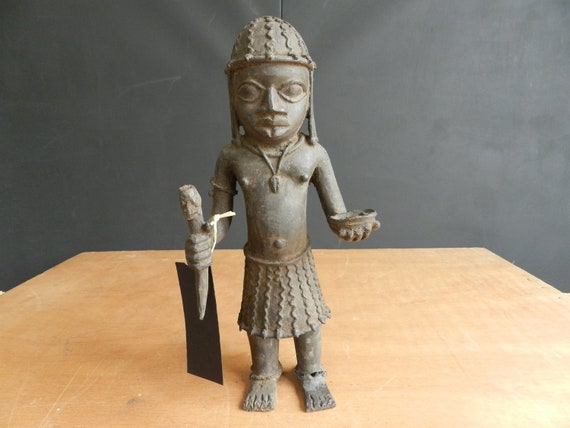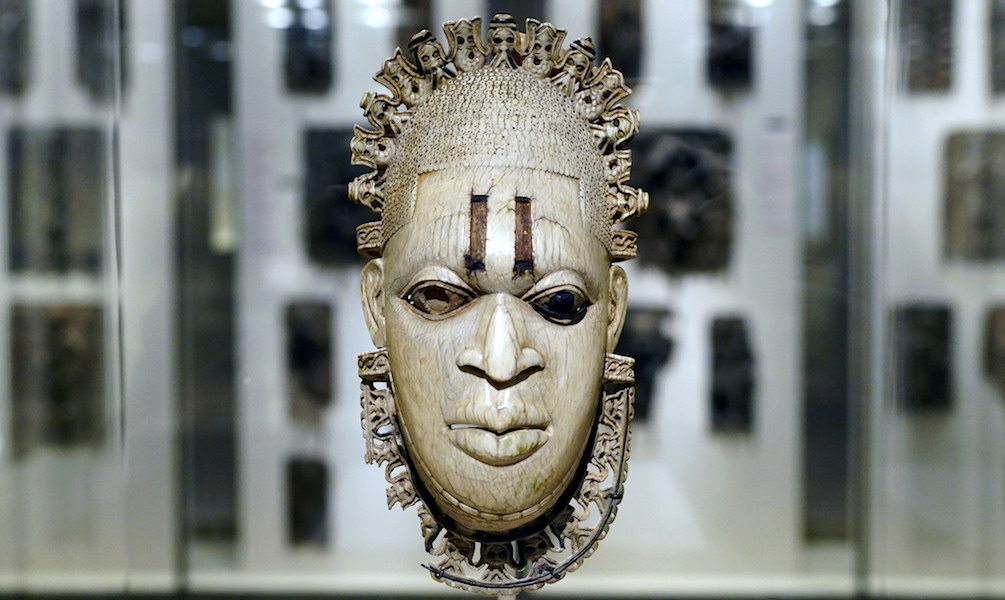African art history presents a unique challenge due to its multidimensional nature, influenced by cultural, historical, and political biases embedded in Western art history. The dominance of Western approaches has hindered the understanding and interpretation of African art, necessitating a reexamination of methodologies. This article explores the importance of incorporating both indigenous and Western perspectives.African art history grapples with a formidable challenge entrenched in the historical evolution of Western biases, which have significantly shaped the discipline. The dominance of Eurocentric perspectives has perpetuated a distorted understanding of African art, hindering its authentic representation and appreciation.
An illustrative example of Western biases is evident in the treatment of traditional African masks. Western art history, influenced by European aesthetic values, often reduced these masks to mere curiosities or artefacts, overlooking their profound cultural and ritual significance. The Dogon masks from Mali, for instance, were frequently assessed through Eurocentric lenses, neglecting the intricate symbolism and spiritual meanings embedded in their designs.

The Eurocentric gaze has also impacted the categorisation of African art within museums. For instance, the Benin Bronzes, looted during the colonial era, were initially displayed as mere artefacts in Western museums, divorcing them from their historical and cultural context. These objects were often framed within a Eurocentric narrative that overlooked their role in the rich cultural heritage of the Benin Kingdom.

Western biases are further reflected in the limited representation of African artists within the canon of art history. Figures like Olowe of Ise, a renowned Yoruba sculptor, were marginalised for years due to Western expectations and preferences. Only recently has there been a reevaluation of Olowe’s work, emphasising the need to break free from Western-centric paradigm which is a worldview that centres European culture, history, and values as the norm, often marginalising or excluding other cultural viewpoints. In the context of art history, this approach interprets artistic traditions through European aesthetic frameworks, potentially leading to a limited understanding of non-Western art forms. Criticised for perpetuating cultural imperialism, Eurocentrism has been faulted for reinforcing colonial attitudes and biases in academia.

To address these biases, contemporary Africanist art historians have begun reexamining established methodologies. The Dogon masks, for example, are now studied within their cultural contexts, considering the intricate relationships between the masks, rituals, and the communities that produce them. Museums are revisiting their narratives, seeking to repatriate artefacts like the Benin Bronzes and provide a more nuanced understanding of their historical significance.
The challenge of Western biases extends beyond academic discourse, affecting public perceptions and institutional practices. It calls for a conscious effort to reevaluate and redefine the lens through which African art is viewed. As the dialogue around African art history evolves, these examples underscore the importance of dismantling historical prejudices and fostering a more inclusive, culturally sensitive approach that recognises the richness and diversity of African artistic expression.

To address the challenges posed by cultural translation, African art historians must embrace both indigenous and Western perspectives. While Western theoretical paradigms were initially useful, there is a growing imperative to delve into African cultures, using internally derived conceptual frameworks for a more nuanced understanding of African art. The study of African art, initially rooted in anthropology, inherited false assumptions that Western scholars could fully understand other cultures using only Western notions. There is a need for a shift from Western-derived methodologies to embrace indigenous perspectives. Field research, with increased involvement of African scholars, becomes crucial to interpreting African art from within the culture it originates.
The recognition of the importance of African languages and oral traditions in understanding art is crucial. Oral traditions, primarily consisting of myths and narratives, offer a rich source for studying culture, retrieving history, and reconstructing artistic values. Africanist scholars should prioritise primary sources, such as oral traditions, over secondary sources to ensure a more authentic interpretation of African art.

Examining the Yoruba culture provides insights into the conceptual framework of African art. The Yoruba concept of “asa” encompasses both “style” and “tradition.” Asa is dynamic, representing a creative combination of styles within the culture, dispelling the notion that African art is static and unoriginal. The Yoruba’s understanding of asa emphasises the need for change, initiative, and creativity in artistic expression.
An ongoing challenge in African art history is the presumed anonymity of artists. Many Yoruba artists do not sign their works conventionally, leading to Western misconceptions about the lack of personal creativity. Understanding the Yoruba naming traditions and the significance of oriki (citation poetry/naming) is crucial for recognizing and appreciating the identity and authorship of artworks.
Central to Yoruba aesthetics is the concept of “iwa,” meaning both “character” and “existence.” The Yoruba believe that recognising the unique character of each creation is essential for understanding its inner beauty or “ewa.” Iwa emphasizes the importance of respecting the individual character of people, deities, and objects. The interplay between iwa and ewa defines beauty in Yoruba thought.
Ase, the Yoruba concept of ritual power or life force, manifests as a forceful, exuberant, and expansive style in aesthetics. In African-American culture, ase is implicit and palpable, embodying a phenomenon akin to the “spirit” or “holy ghost.” Iwaple, meaning “gentle character” and “patience,” is a crucial attribute in Yoruba aesthetics. Artists are expected to maintain self-mastery and patience, reflecting the Yoruba philosophy of control, stability, and composure.
Yoruba art criticism is a sophisticated process that requires attributes such as calmness, teachableness, sensitivity, endurance, insightfulness, and design consciousness. Accomplished critics often acquire their expertise through “walking with the elders,” participating in traditional procedures, and studying under the guidance of experienced individuals. Ifa divination priests, due to their involvement in community rituals and festivals, often serve as insightful art critics.

It is evident from studying African art history from a Yoruba perspective how important it is to combine indigenous and Western viewpoints. A comprehensive framework for comprehending the dynamics of African aesthetics can be found in the Yoruba concepts of asa, iwa, ewa, ase, and iwaple. It is imperative that we embrace oral traditions, acknowledge the importance of names and oriki, and comprehend the complex interrelationships between iwa and ewa in order to approach African art history in a more comprehensive and culturally aware manner. The basis for a cooperative quest for the principles and ideals underlying the production of African art is becoming more apparent as academics continue to explore the subtleties of Yoruba culture, heralding a potential period of multidisciplinary research and cooperation.
Feature Image: Queen Mother Pendant Mask (Iyoba), 16th century, Edo peoples, Court of Benin, Nigeria, ivory, iron, copper | Courtesy: The Metropolitan Museum of Art
Source: The Journal of Aesthetic Education , Winter, 2001, Vol. 35, No. 4 (Winter, 2001)
The Aesthetics of Imperfection and Insufficiency in Japanese Culture





